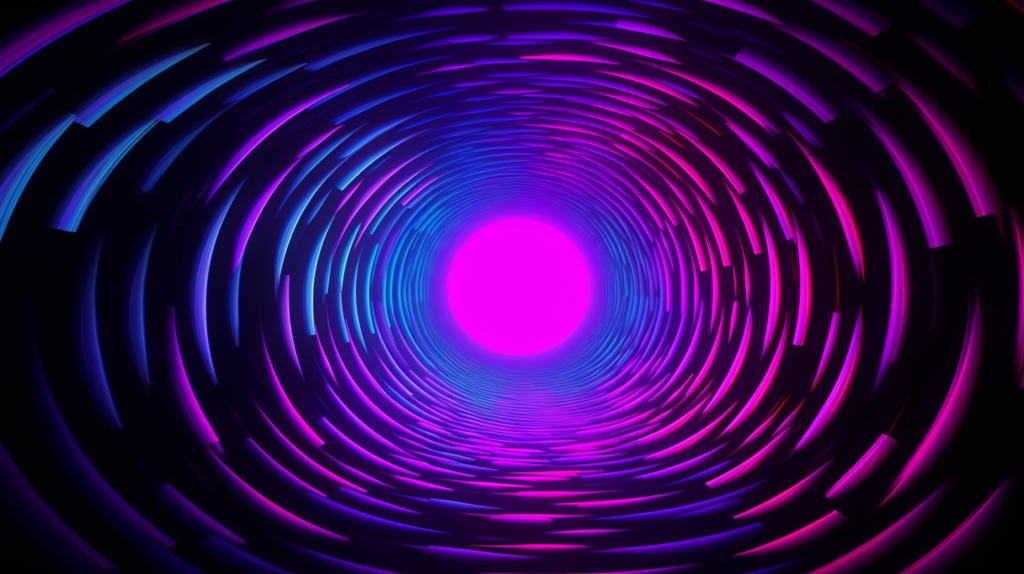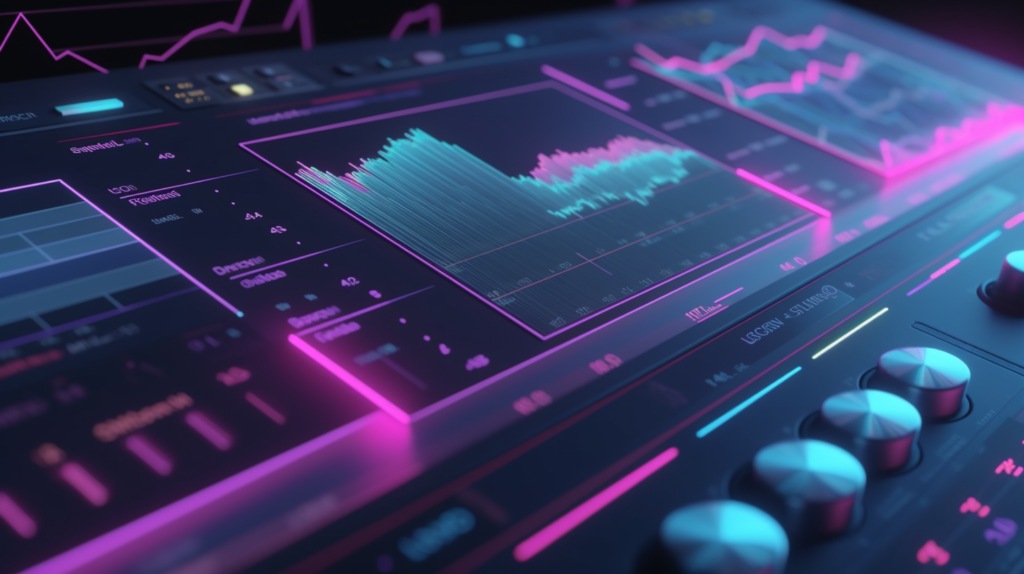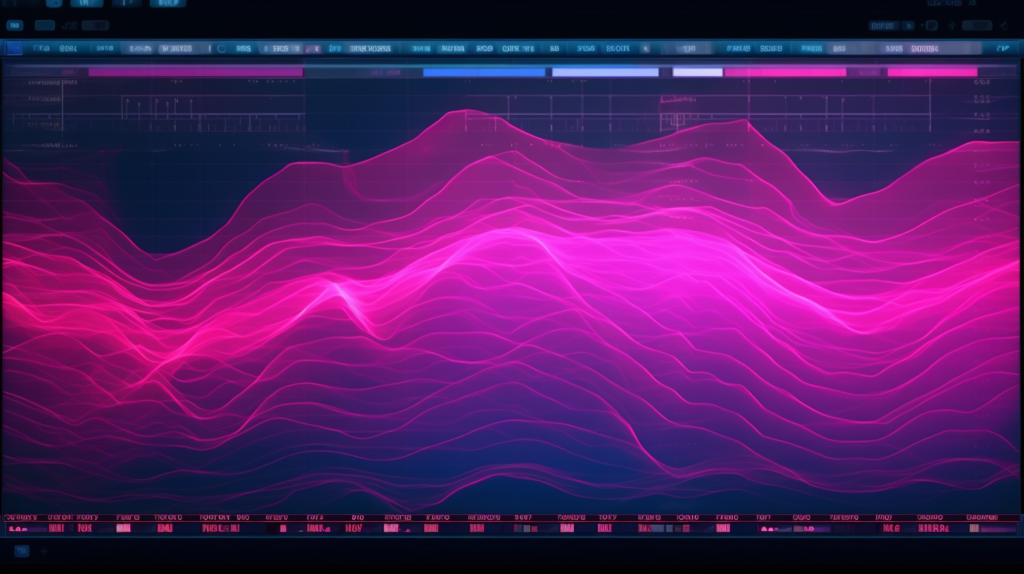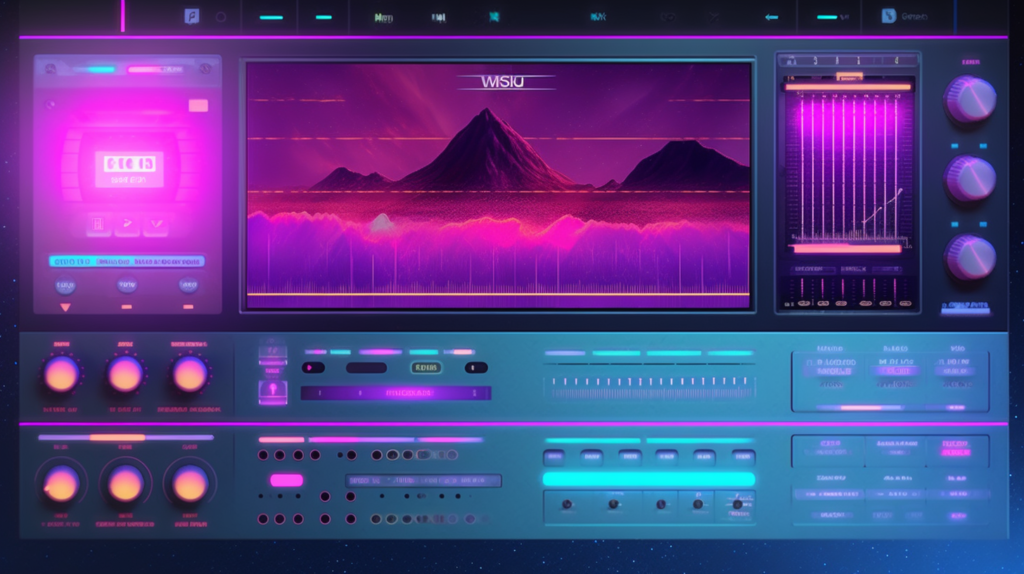As a music producer, understanding reverb and spatial effects is crucial for creating an immersive listening experience. In this extensive guide, we’ll dive deep into the world of reverb, exploring reasons why it’s important, precise plugin settings to achieve great results, and original, innovative techniques to elevate your mixes. Get ready to master the art of reverb and spatial effects in your music production journey!

Understanding Reverb and Spatial Effects
Reverb, short for reverberation, is the natural reflection of sound in an environment. In music production, reverb is used to create a sense of space and depth, making your mix sound more realistic and immersive.
Spatial effects, on the other hand, refer to the manipulation of sound within a stereo field or surround sound environment. These effects can create a sense of movement and direction, adding to the overall impact of your mix.
Why Reverb and Spatial Effects are Important
Reverb and spatial effects play a critical role in music production:
- Creating depth and space: Reverb adds depth and space to your mix, making it sound more three-dimensional and real. Without reverb, your mix can feel flat and lifeless.
- Enhancing emotional impact: The type of reverb you use and its settings can convey different emotions and moods, giving your tracks a unique character.
- Blending elements together: Reverb helps different elements in your mix sit better together, making them sound cohesive and polished.
- Adding realism: Reverb can make virtual instruments, like software synthesizers and drum machines, sound more natural and authentic.
Popular Reverb Plugins and Settings
Here are some popular reverb plugins and settings to help you achieve the desired results in your productions:
1. Valhalla VintageVerb
Valhalla VintageVerb is a versatile reverb plugin that offers a variety of reverb algorithms and presets. Some recommended settings include:
- For a lush, spacious reverb: Set the Mix to 20%, Decay to 4 seconds, and Size to 50
- For a tight, small room sound: Set the Mix to 15%, Decay to 1 second, and Size to 20
2. FabFilter Pro-R
FabFilter Pro-R is a powerful reverb plugin with intuitive controls and advanced algorithms. Some settings to try out:
- For a bright, airy reverb: Set the Mix to 25%, Decay to 3 seconds, and Brightness to 70%
- For a dark, moody reverb: Set the Mix to 30%, Decay to 2.5 seconds, and Brightness to 40%
3. Waves H-Reverb
Waves H-Reverb is a flexible reverb plugin with a rich feature set. Here are some suggested settings:
- For a smooth, long reverb: Set the Mix to 30%, Decay to 5 seconds, and Size to 70
- For a short, snappy reverb: Set the Mix to 20%, Decay to 0.5 seconds, and Size to 25
Original and Innovative Techniques
Here are some creative techniques to enhance your reverb and spatial effects game:
- Reverse reverb: Apply a reverse reverb to a sound, creating a build-up effect that can be used to create tension or introduce new elements.
- Sidechain reverb: Use sidechain compression to duck the reverb when other elements are playing, keeping your mix clear and punchy.
- Layered reverb: Combine different types of reverbs with varying settings on the same sound to create unique, complex spaces.
- Modulated reverb: Experiment with modulating reverb parameters, like decay time or diffusion, with LFOs or envelopes to add movement and interest to your mix.
Extra Tips
- Choosing the right reverb plugin: With a plethora of reverb plugins on the market, it’s essential to pick one that fits your needs and budget. Some popular choices include ValhallaDSP, FabFilter Pro-R, and Audio Ease Altiverb.
- Reference tracks: Always compare your mix with reference tracks to ensure your reverb and spatial effects are well-balanced and translate effectively across different playback systems.
Reverb and Spatial Effects Cheatsheet
| Effect | Plugin | Setting | Parameters |
|---|---|---|---|
| Lush, Spacious Reverb | Valhalla VintageVerb | Mix: 20%, Decay: 4s, Size: 50 | |
| Tight, Small Room Reverb | Valhalla VintageVerb | Mix: 15%, Decay: 1s, Size: 20 | |
| Bright, Airy Reverb | FabFilter Pro-R | Mix: 25%, Decay: 3s, Brightness: 70% | |
| Dark, Moody Reverb | FabFilter Pro-R | Mix: 30%, Decay: 2.5s, Brightness: 40% | |
| Smooth, Long Reverb | Waves H-Reverb | Mix: 30%, Decay: 5s, Size: 70 | |
| Short, Snappy Reverb | Waves H-Reverb | Mix: 20%, Decay: 0.5s, Size: 25 |
In summary, understanding reverb and spatial effects is essential for creating professional-sounding mixes. By using the recommended plugin settings, experimenting with innovative techniques, and choosing the right reverb plugin, you can elevate your tracks and create immersive listening experiences. Keep practicing and refining your skills, and don’t forget to use this cheatsheet as a quick reference in your music production journey!





